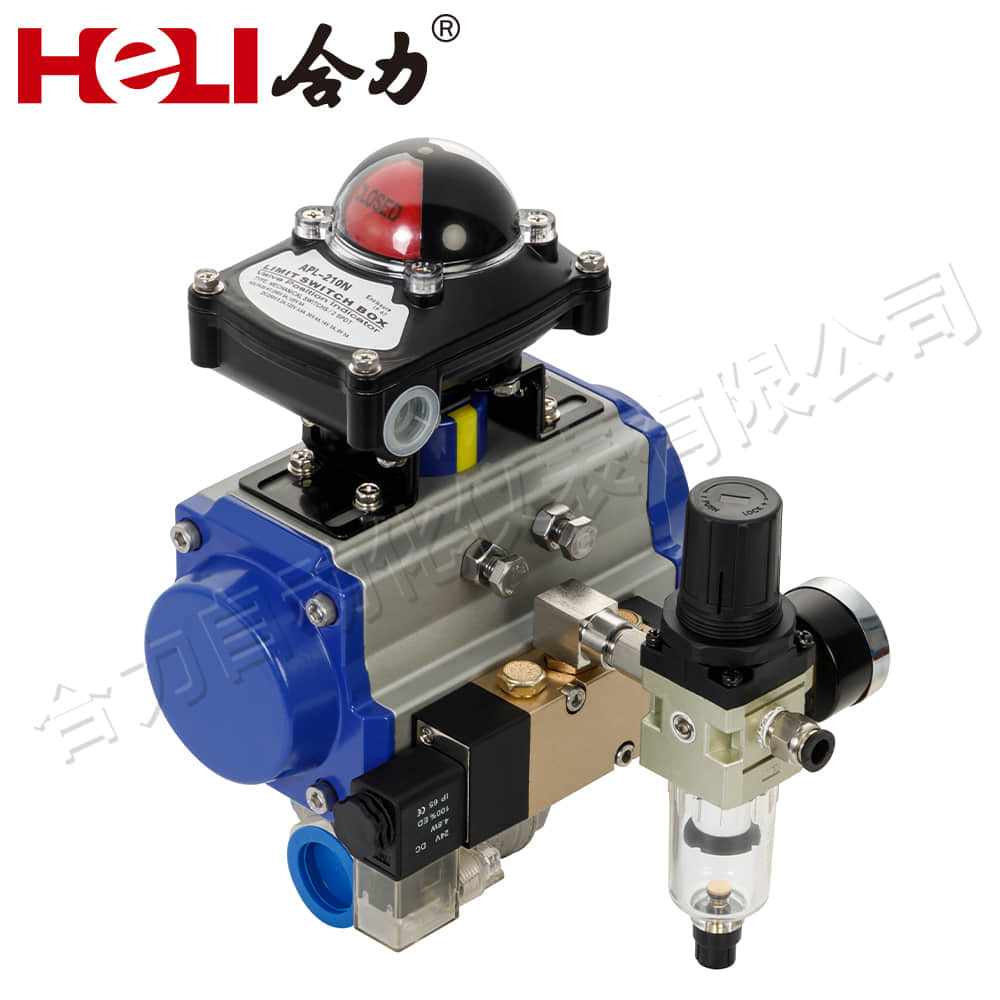Pneumatic actuators are crucial components in modern automation systems, offering a reliable means of converting compressed air into mechanical motion. These devices are widely utilized in various industries, from manufacturing to automotive, owing to their efficiency, simplicity, and robustness.

A pneumatic actuator operates by using compressed air to create linear or rotary motion. The basic principle involves directing compressed air into a chamber within the actuator. This air pressure moves a piston or a diaphragm, which then converts the air pressure into mechanical force. This force can drive different types of mechanical movements, depending on the actuator’s design.

There are several types of pneumatic actuators, each suited to different applications. The most common types are linear actuators and rotary actuators. Linear actuators produce straight-line motion and are frequently used in applications requiring precise and controlled movements. They are often found in automation systems, such as conveyor belts and robotic arms. Rotary actuators, on the other hand, provide rotational motion and are typically used in applications like valve control and various rotating machinery. One of the key advantages of pneumatic actuators is their simplicity. Unlike hydraulic actuators, which require a complex fluid management system, pneumatic actuators rely solely on compressed air. This simplicity translates to lower maintenance requirements and reduced operational costs. Additionally, pneumatic actuators are less prone to leaks and require fewer components, making them a cost-effective choice for many applications.
